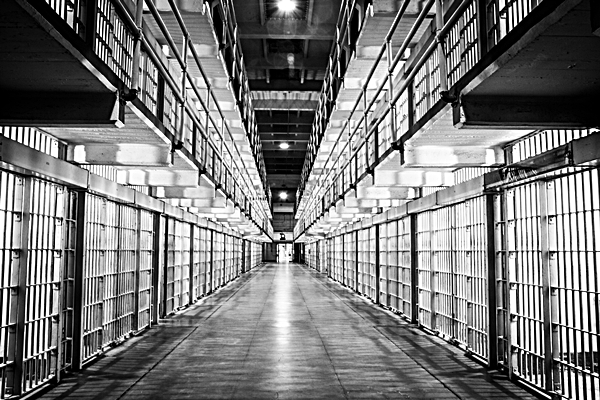MADISON — Wisconsin could save a significant amount of public money by using proven strategies to shrink prison populations and corrections costs, according to a new report by the Wisconsin Budget Project. Relying less on incarceration and more on other, less expensive approaches to promoting public safety would also reduce the costs to communities that suffer the effects of high incarceration rates.
The new analysis lays out how Wisconsin’s corrections costs are out of line with those in other states:
◆ Wisconsin state and local governments spent $1.5 billion on corrections in 2013, 12% more than the per capita national average.
◆ Only 11 states spend more on corrections per state resident than Wisconsin does. Wisconsin state and local governments spend more per person on corrections than do the neighboring states of Illinois, Michigan, Iowa, and Minnesota.
◆ State spending on corrections in General Purpose Revenue (GPR) has increased 7% over the last seven budgets, after adjusting for inflation. That stands in stark contrast to state GPR spending on K-12 schools (-14%) and the University of Wisconsin System (-21%).
“State lawmakers who want to cut spending should take a hard look at Wisconsin’s corrections priorities,” said Tamarine Cornelius, analyst at the Wisconsin Budget Project. “By using alternatives to incarceration, the state can bring down corrections costs and still protect communities, a win/win for everyone. The state has taken some baby steps in this direction already, but this area is ripe for widespread reform.”
In addition to driving up costs, Wisconsin’s over-reliance on incarceration harms communities. One out of every eight African-American men of working age in Wisconsin are behind bars, the highest rate in the country. Wisconsin also locks up a bigger share of Native American men than any other state.
“Wisconsin is putting far too many people behind bars,” said David Liners, state director of WISDOM, a network of faith-based organizations. “Individuals, families, and communities are paying a heavy price for Wisconsin’s misguided corrections policies. Our current approach wastes both dollars and human potential.”
The good news is there are concrete steps Wisconsin can take to follow in the footsteps of other states to bring down the high costs of corrections. Wisconsin should:
◆Make additional investments in keeping offenders who commit minor crimes out of prison or jail, instead treating their mental health and addiction problems;
◆ Reduce the number of prison admissions that do not involve new convictions; and
◆ Keep former offenders out of prison and jail by removing barriers to getting a job.
The Wisconsin Budget Project, an initiative of the Wisconsin Council on Children and Families, is an independent Madison-based research group that focuses on tax and budget policy.
The full analysis is available on the Wisconsin Budget Project website: “Prison Price Tag: The High Cost of Wisconsin’s Corrections Policies.”




























